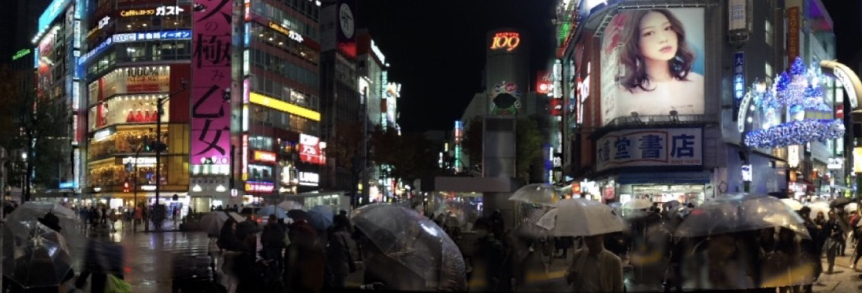 As we prepare to judge the shortlisted projects for the 2016 Award, it seems an appropriate moment to reflect on the role of technology within Playable City, and where it sits in the “smart city” conversation.
As we prepare to judge the shortlisted projects for the 2016 Award, it seems an appropriate moment to reflect on the role of technology within Playable City, and where it sits in the “smart city” conversation.
We define Playable City as re-using the fabric of the city to create unexpected interactions, which surprise and inspire new thinking. We also aspire to create work which is as open and democratic as possible. There is nothing in that which demands a use of technology, but in practice a look at the impacts we are expecting makes it inevitable – and is the clue to the resonance of the Playable City idea.
By definition an interaction, especially an unexpected interaction, requires an understanding of position, location or movement – whether wittingly or unwittingly our Playable City “participant” must trigger the response. This conscious and unconscious input and output requires a sophisticated communications network, and the combination of existing technologies and simple systems to achieve our desired effect.
In combining this network demand with projects which are integrated into the city, and targeting the widest possible audience, we frame our activities within a “smart city” landscape – the city as sensor network, the flow and interactions of citizens creating data impacts and active responses.
And within these terms we deliver work which is both there to be enjoyed, but which also inspires a new way of thinking about the future of the city – and by being rooted in place that framework is adaptable to the technology ”landscape” of any city, from Lagos to Recife to Tokyo.
It is this resonance which allows a project like Hello Lamp Post to be both an interesting diversion and a cipher for a world of connected objects, the internet of things; it allows Shadowing to be a fracture in the everyday, and also emblematic of smart city infrastructure, and of surveillance; it allows our conversations in cities around the world to both be about playful cultural interventions and also about city issues from mobility to transport to city discovery.
Playable City has evolved to become an interesting hybrid. We are concerned with the environment of the future city, and with technology as an enabler of purposeful citizen engagement. But we are also as focused on the person-to-person connection as the person-to-city, and thus any technology employed must not create barriers or exclusions.
Our model generates a productive collaboration between city, citizens, creatives and technology, and it is that “people-centred”, service design ethos which underpins our thinking on technology. It is an important tool, a fundamental enabler, but it is always appropriate and invisible – the mechanism to achieve a desired impact, not the driving motivation.
